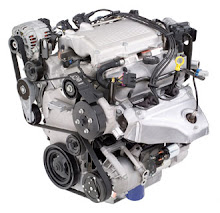A screw is a type of fastener characterized by a helical ridge, known as an external thread or just thread, wrapped around a cylinder. Some screw threads are designed to mate with a complementary thread, known as an internal thread, often in the form of a nut or an object that has the internal thread formed into it. Other screw threads are designed to cut a helical groove in a softer material as the screw is inserted. The most common uses of screws are to hold objects together and to position objects.
Often screws have a head, which is a specially formed section on one end of the screw that allows it to be turned, or driven. Common tools for driving screws include screwdrivers and wrenches. The head is usually larger than the body of the screw, which keeps the screw from being driven deeper than the length of the screw and to provide a bearing surface. There are exceptions; for instance, carriage bolts have a domed head that is not designed to be driven; set screws have a head smaller than the outer diameter of the screw; and J-bolts do not have a head and are not designed to be driven. The cylindrical portion of the screw from the underside of the head to the tip is known as the shank; it may be fully threaded or partially threaded.
The majority of screws are tightened by clockwise rotation, which is termed a right-hand thread. Screws with left-hand threads are used in exceptional cases. For example, when the screw will be subject to anticlockwise forces (which would work to undo a right-hand thread), a left-hand-threaded screw would be an appropriate choice.


.jpg)
.jpg)



No comments:
Post a Comment